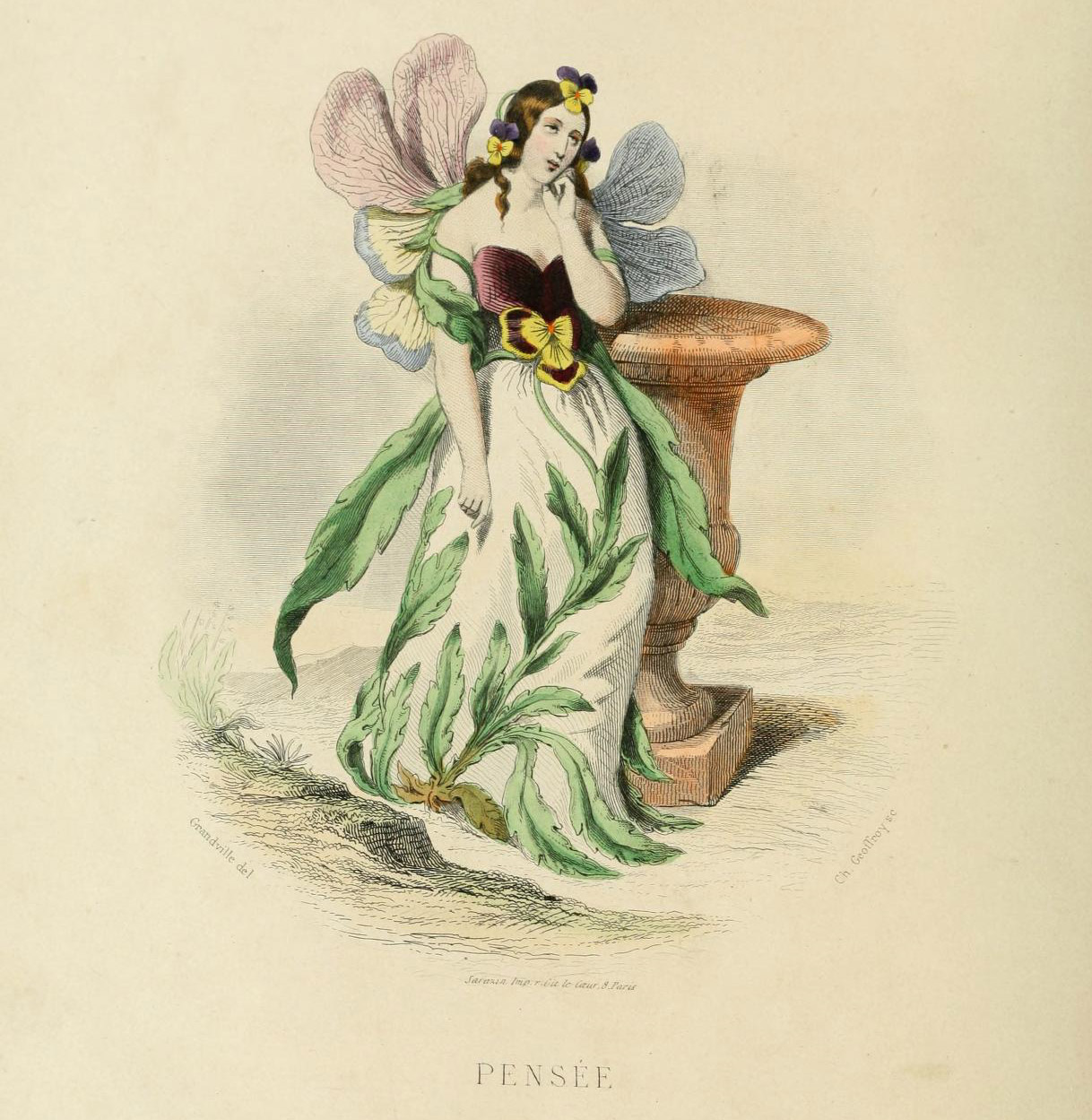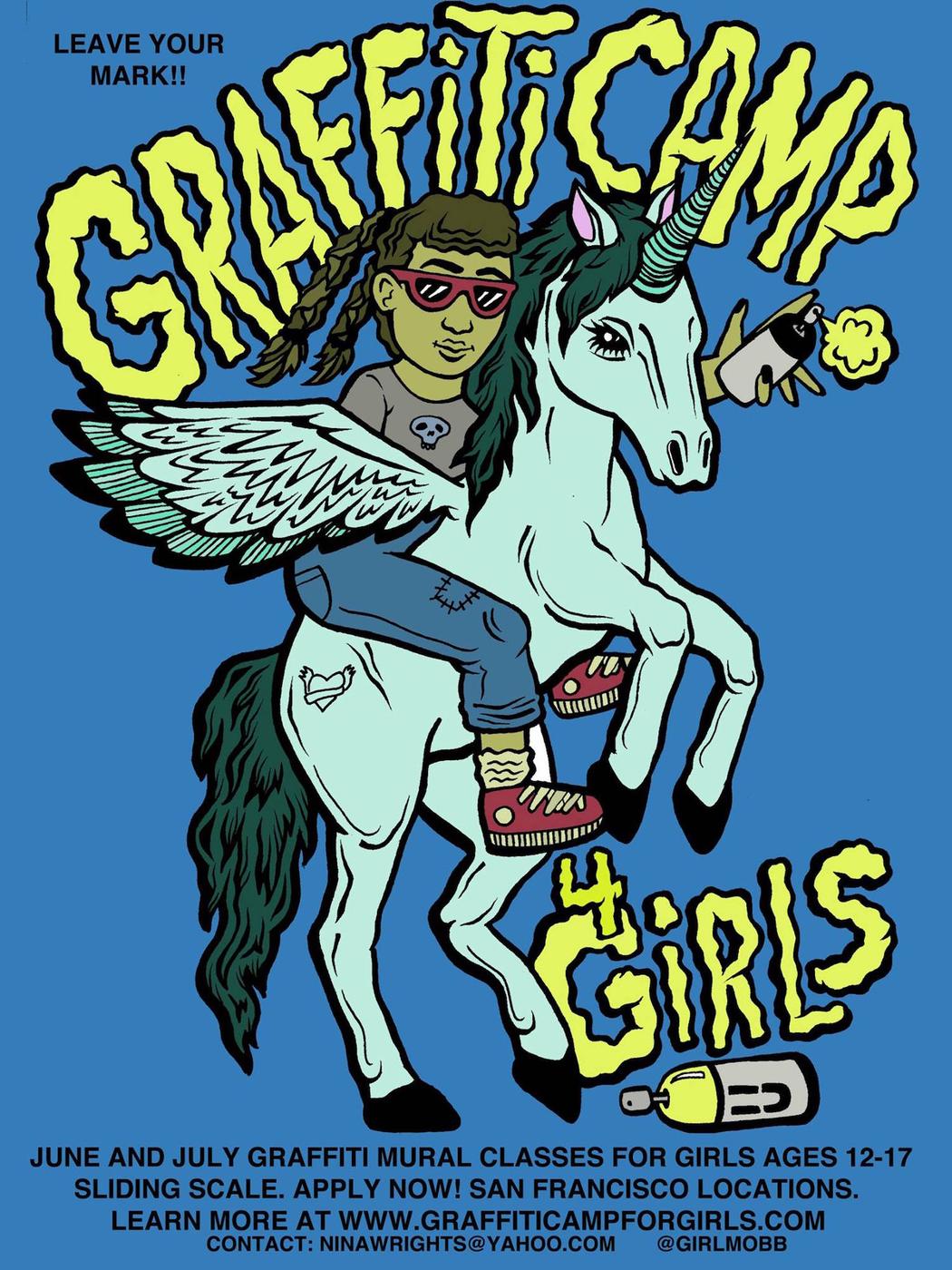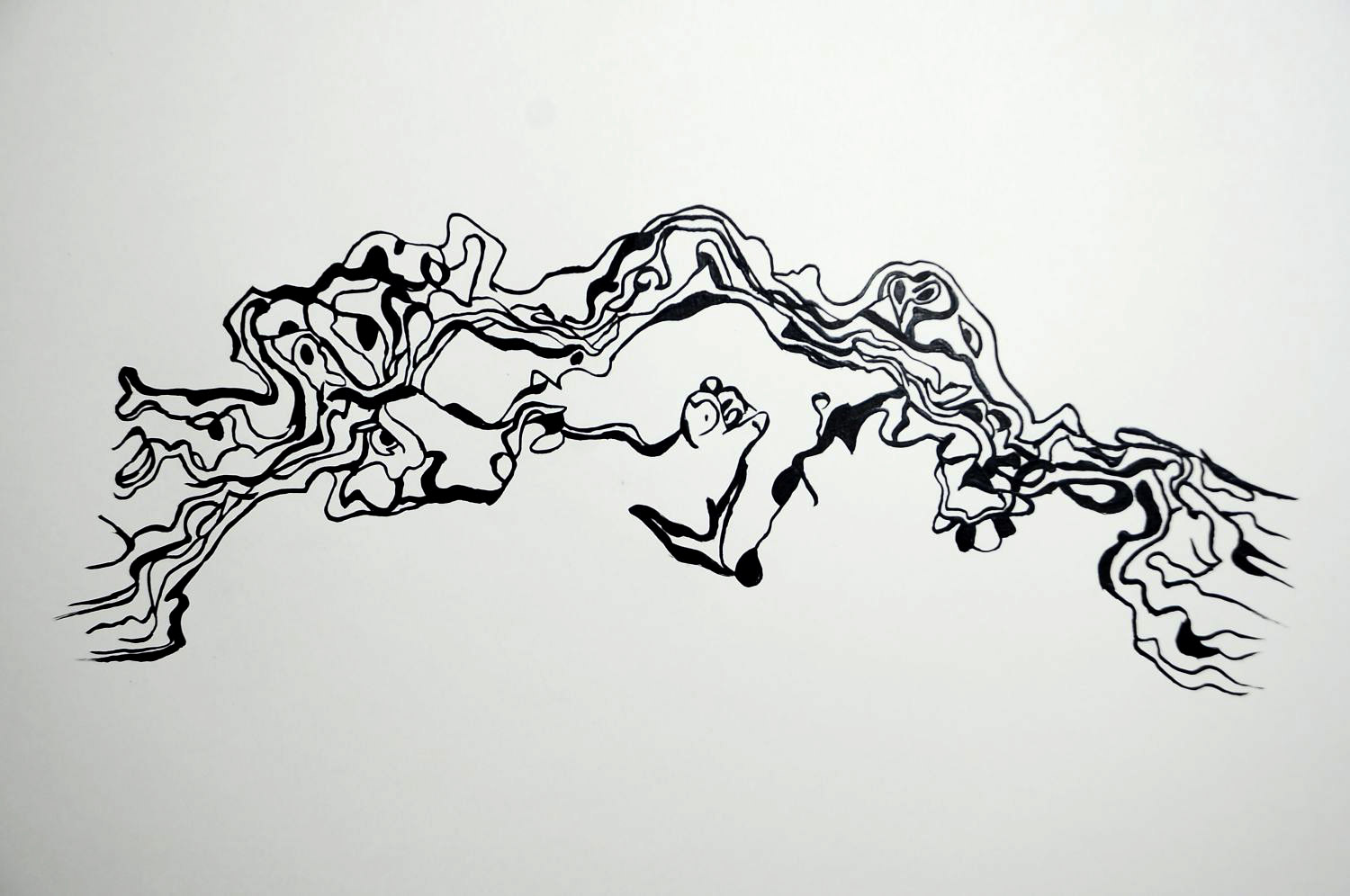As a child, growing up in Japan, there was one book that terrified me. Luckily, I didn’t own it. The red hardback sat on the bottom shelf in my friend’s room and every time I went over to play I could see it, out of the corner of my eye, staring me in the face. Once we pulled it out and flipped through the pages; each featured a grotesquely illustrated realm of hell with scenes of fire, torture, and suffering. It was, I assure you, a children’s book. But it was made for parents to use as leverage whenever their child acted up, or misbehaved. And boy was it effective.
These concepts of hell (jigoku; 地獄 in Japanese) are derived from ancient Buddhist scriptures, and I’m ceaselessly amazed by the imagination of the monks and artists who came up with so many different forms of punishment. The range from the fairly standard – being eaten alive by demons and dragons, or being torn apart at the crotch – to the more inventive – being forced to hold large stalks of daikon radish in your mouth and being used as a drumstick. Then, there’s my favorite: being flattened out by a roller and then cut up into soba noodles.
Now, a new art book that’s being released in October has collected a wide range of images that depict hell in Japanese art from the 12th century to the 19th century. The massive single-volume collection consists of almost 600 pages of works designated as Japanese National Treasures and features the various depictions of hell by artists such as Kazunobu Kanō,Yoshitoshi Tsukioka and the master of horror Kyōsai Kawanabe.
It’s currently available for pre-order on Amazon. Essays from historians of both Japanese art and Buddhism are also included in bilingual text. If you have kids you may (or may not) want to leave this book sitting around.
You can read, and see much more of the always gruesome hell at Spoon & Tamago.

















